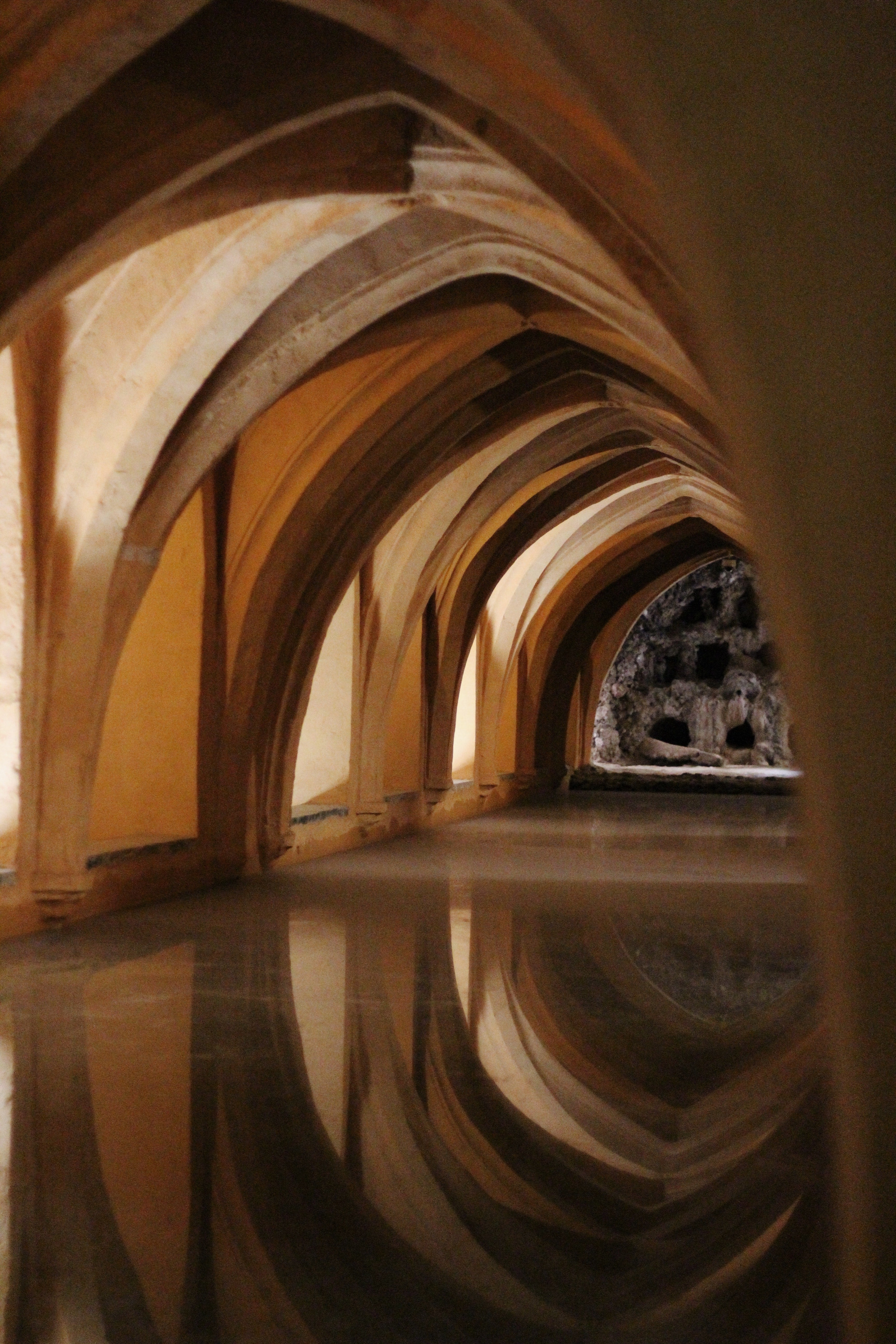A Brief History Of Genital Piercing.

When it comes to genital piercing, there are two types of people: those that shudder at the mere thought, and those that go, “Yeah, I can see how that could be fun”.
The two oldest-known forms of genital piercing are both penile ones: the Apadrayva and the Ampallang. The Apadrayva dates from the second century BC in India and shows up in the Kama Sutra. It goes vertically through the glans, passing through the urethra. The Ampallang, originating in Borneo, goes horizontally. The purpose of both of them is to enhance the sexual pleasure conveyed by the penis—the ampallang in particular seems to do a terrific job. They were traditionally done using bamboo, sometimes as a rite of passage, a boy becoming a man. In Redmond O’Hanlon’s Into The Heart Of Borneo, the author is laughed at by his local guides for not having one and is horrified by the thought—the women in their tribe wouldn’t for a moment consider having anything to do with a man with an un-pierced penis.
Less well-documented is a tradition thought to date back at least 600 years or so, originating in Myanmar or the Philippines, in which boys would pierce their penises and then, as they grew, affix rings or balls to the outside, again to enhance pleasure for their sexual partners, essentially rendering themselves “ribbed”. This lives on today in the seafaring tradition of bolitas, in which nautical Filipino lifers frequently insert plastic or metal beads beneath the skin of their penises (a study in 1999 found that out of 314 randomly selected Filipino sailors, in the port of Manila, 180 had them).
In the Western world, genital piercing is fairly new. For a long time, it was only of anthropological interest, a curiosity in stories brought back from exotic lands by explorers rather than any sort of common practice.
The best-known genital piercing is of course the Prince Albert, a ring going from the urethra to the underside of the glans. The story goes that Queen Victoria’s husband was so well-endowed that he had trouble keeping his enormous penis concealed in public, so pierced a hoop through the end to keep it tucked out of the way—as well as to keep his foreskin retracted to keep his penis from becoming smelly. The story is, of course, not true—there are all sorts of methods to keep a penis from flapping wildly in the open or acquiring an odor that doesn’t involve puncture wounds (and, given the surgical standards of the Victorian era, guaranteed infection).
The Prince Albert name originated with the late Doug Malloy, an enormously influential—and cheerfully eccentric—figure within the body-modification community, responsible in part for the emergence of modern piercings in California in the 1970s. Malloy established something of a canon in terms of bodily embellishments, codifying the names for various styles through a combination of research, speculation, and his own imagination. This became, via his protege Jim Ward, a double-sided sheet of information called Body & Genital Piercing In Brief, essentially the proto-bible of modern piercing despite its many inaccuracies.
Malloy and Ward were at the forefront of a massive resurgence in body piercing in general. In 1975 German tattooer Horst “Tattoo Samy” Streckenbach developed the barbell, many of which ended up being deployed in the underpants region. Autoclaves became cheaper and more widespread around the same time, allowing for more sterility in piercing and tattooing, and reduced risk of infection.
Magazines and newsletters documenting the growing movement helped it spread from The Gauntlet—Malloy and Ward’s LA piercing studio—across the world. Their magazine Piercing Fans International Quarterly distributed how-to guides to a growing audience, and Gauntlet employee Elayne Angel invented several new types of piercings for both men and women including the fourchette and lorum piercings. While historically it had been male genitals that were primarily pierced for pleasure-enhancing purposes, the late 1990s saw a huge leap in clitoral hood piercings.
There are now an enormous amount of different piercings on offer, whatever genitals you have. Some are intended to enhance pleasure, some are purely aesthetic, and some are designed for use in various BDSM activities—chastity play and so on. Why strap a cage to a penis when you can bolt it on, you know? The unambiguously-named ‘cock and ball torture’ subset of BDSM also has all sorts of applications for piercings involving weights, tension and generally pushing the limits of the human body.
Almost every element of every kind of genital can be pierced. Scrotums, frenulums, labia, perineum, anuses… if there’s skin there, someone’s worked out how to safely pierce it. There is also pearling, a variation on the bolitas idea, in which beads are inserted into various parts to enhance stimulation, either for the wearer or their partner. A lot is going on, the only limits really being willingness and imagination.
Much like tattoos, a lot has changed in a few decades—where once genital piercings were primarily found only on the most dedicated members of the body-modification or BDSM subcultures, they’re now everywhere. Your bank manager might have a clitoral hood piercing. The guy reading the news might have a guiche ring in his perineum which he shows off at parties. Fun!



